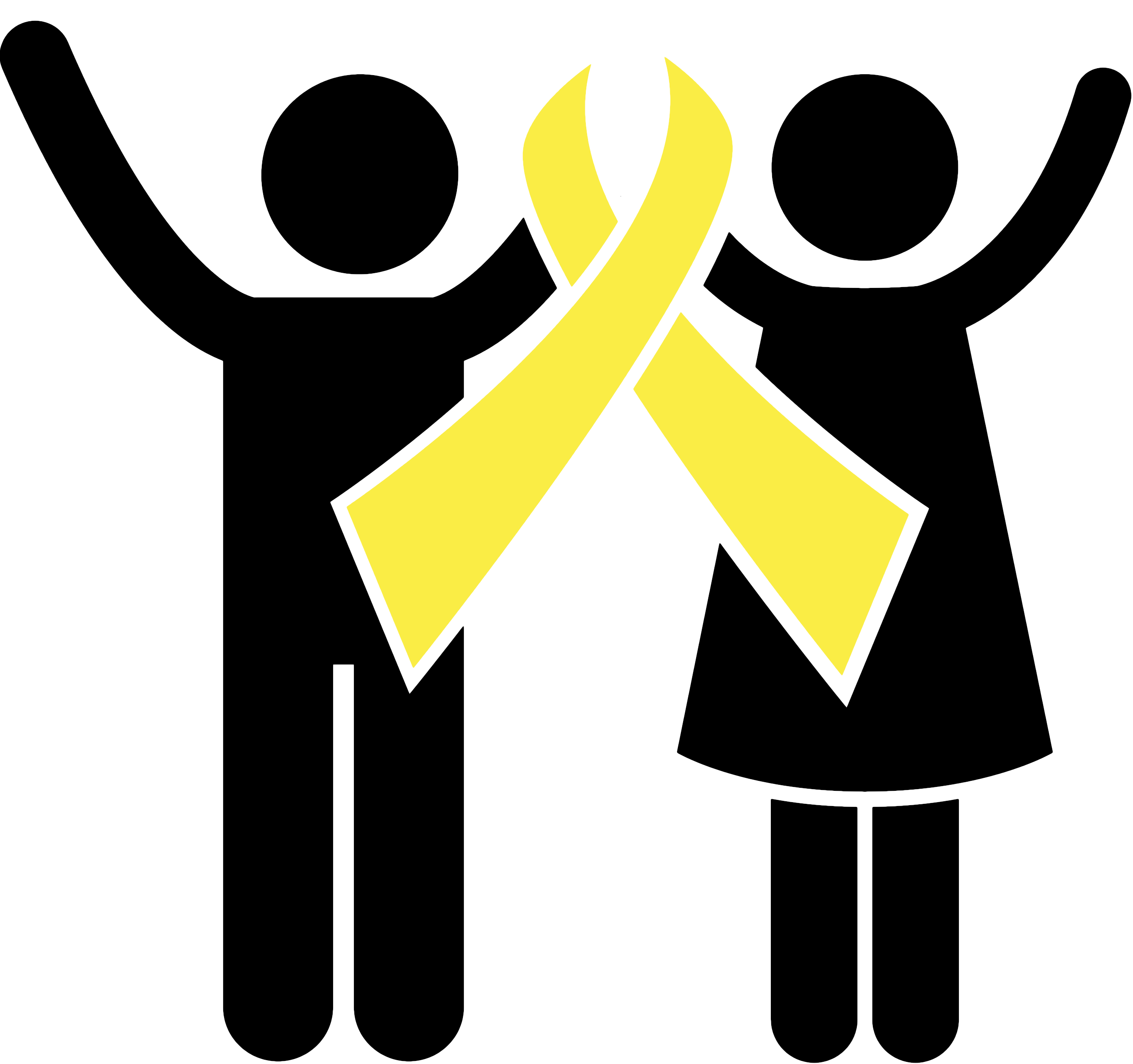What is osteosarcoma?
Osteosarcoma is a type of bone cancer that begins in the cells that form bones. It is most often found in the long bones, such as in the legs and sometimes in the arms. Very rarely, it occurs in soft tissue outside the bone.
What are the causes and risks?
The exact cause of osteosarcoma is unknown. However, it is believed to be due to DNA mutation inside bone cells, either inherited or acquired after birth.
- Age: teenagers who are having a growth spurt are most likely to get it.
- Gender: males more often than females.
- Height: taller kids have a higher risk.
- Treatment history: radiation therapy for other types of cancer or exposure to cancer medicines called alkylating agents.
- Health conditions tied to the patient’s age.
Where is it found?
Most often happens at the end of long bones, where bone grows fastest.
- Most tumors start around the knee, in either the lower part of the thigh bone or the upper part of the shinbone.
- Also may grow in the upper arm bone close to the shoulder.
- Osteosarcoma can also happen in any bone, including the pelvis, shoulder, and skull.
Osteosarcoma subtypes
- High-grade sarcoma: – Fastest growing type. Most osteosarcoma in children and teens are high grade.
Most often kinds are
- Osteoblastic osteosarcoma
- Chondroblastic osteosarcoma
- Fibroblastic osteosarcoma
- Low-grade osteosarcoma: – This type grows slowly.
- Para osteal
- Intramedullary or intraosseous well-differentiated osteosarcoma
- Intermediate-grade osteosarcoma: – This is in between high and low-grade tumors.
Who is at greatest risk of osteosarcoma?
The risk of osteosarcoma is highest for those between the ages of 10 and 30 especially, during the teenage growth spurt. This suggests that there may be a link between rapid bone growth and the risk of tumor formation. Furthermore, the risk decreases in middle ages but rises again in older adults (over the age of 60).
What are the symptoms of osteosarcoma?
- Bone pain or joint pain or soreness. This pain may come and go for a month.
- Swelling or lump around the bones or the ends of the bones.
- Bone injury or bone break without a clear reason.
- Pain at night
- Pain after exercise
- Swelling or redness at the site of the tumor.
- Increased pain with lifting
- Limited movements
How is osteosarcoma diagnosed?
It is diagnosed by biopsy but bone scan, CT, MRI, and PET CT help in proper staging. Biopsy should be done by an expert team.
- A bone scan
- X-ray
- Computerized tomography (CT)
- Magnetic resonance imaging (MRI)
- Positron emission tomography (PET)
- Needle biopsy
- Surgical biopsy
What are the treatment options?
- Chemotherapy is often recommended before the surgery (neo-adjuvant therapy)
- Surgery to take out the tumor
Usually successful when the disease is diagnosed early before it can spread
- Surgery to remove the affected limb (amputation).
- Surgery to remove the lower portion of the leg (rotationplasty).
- Radiation therapy might be an option in certain situations, such as when surgery is not possible or the surgeon can’t remove all of the cancer during an operation.
- Chemotherapy after surgery is called adjuvant chemotherapy.

